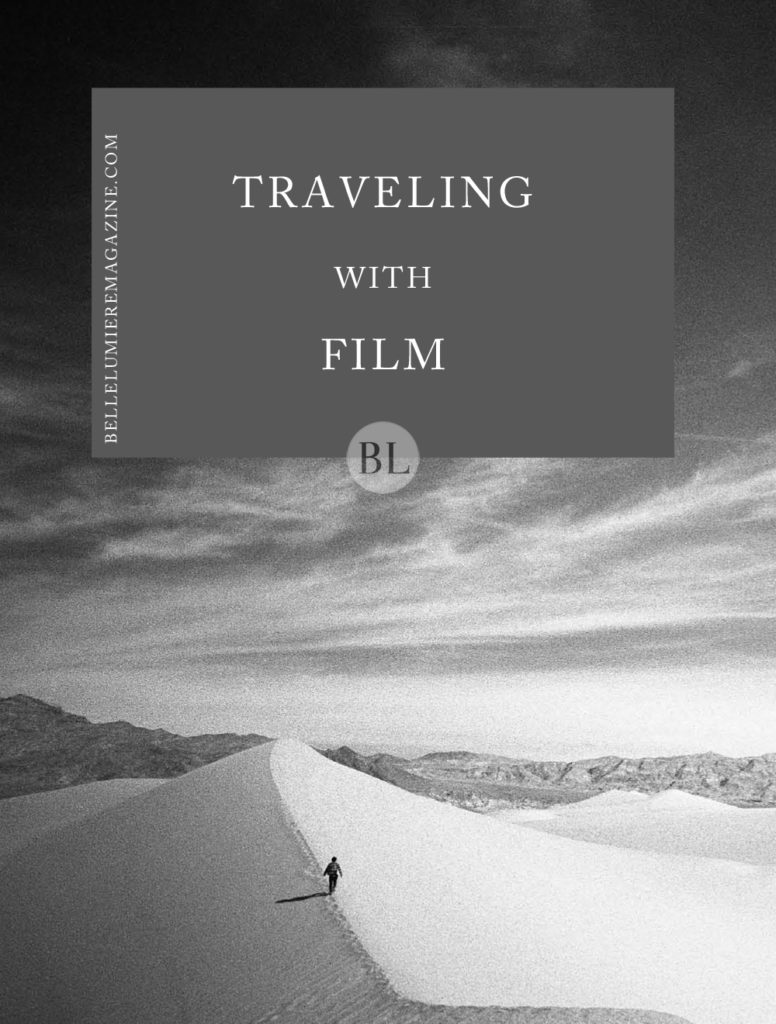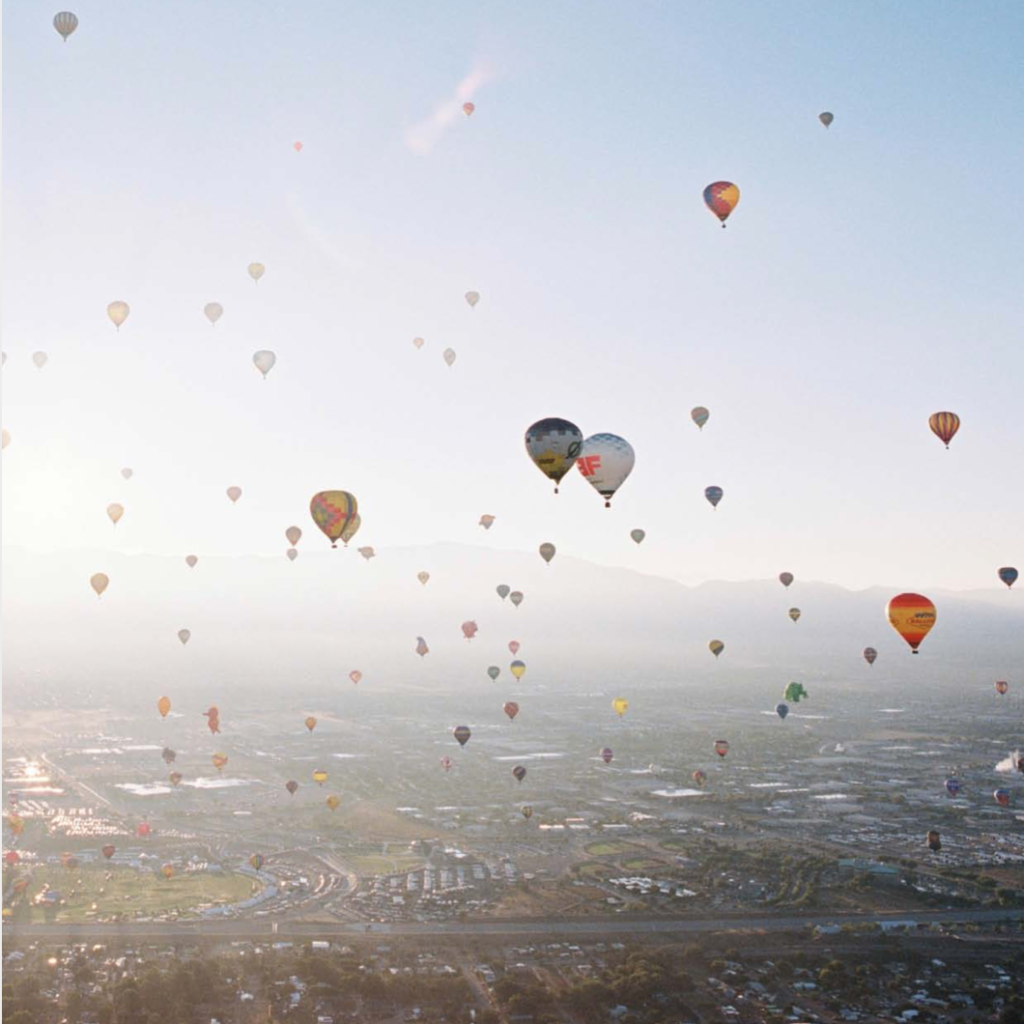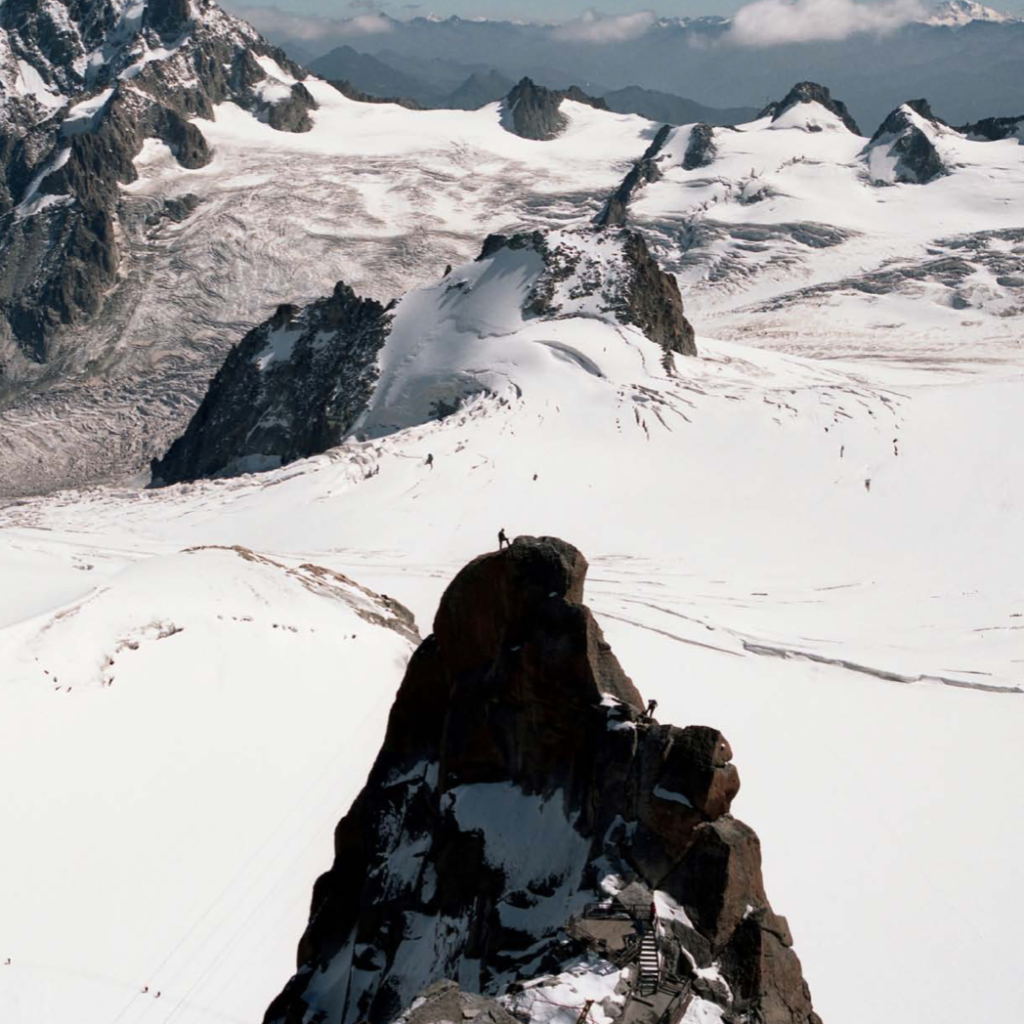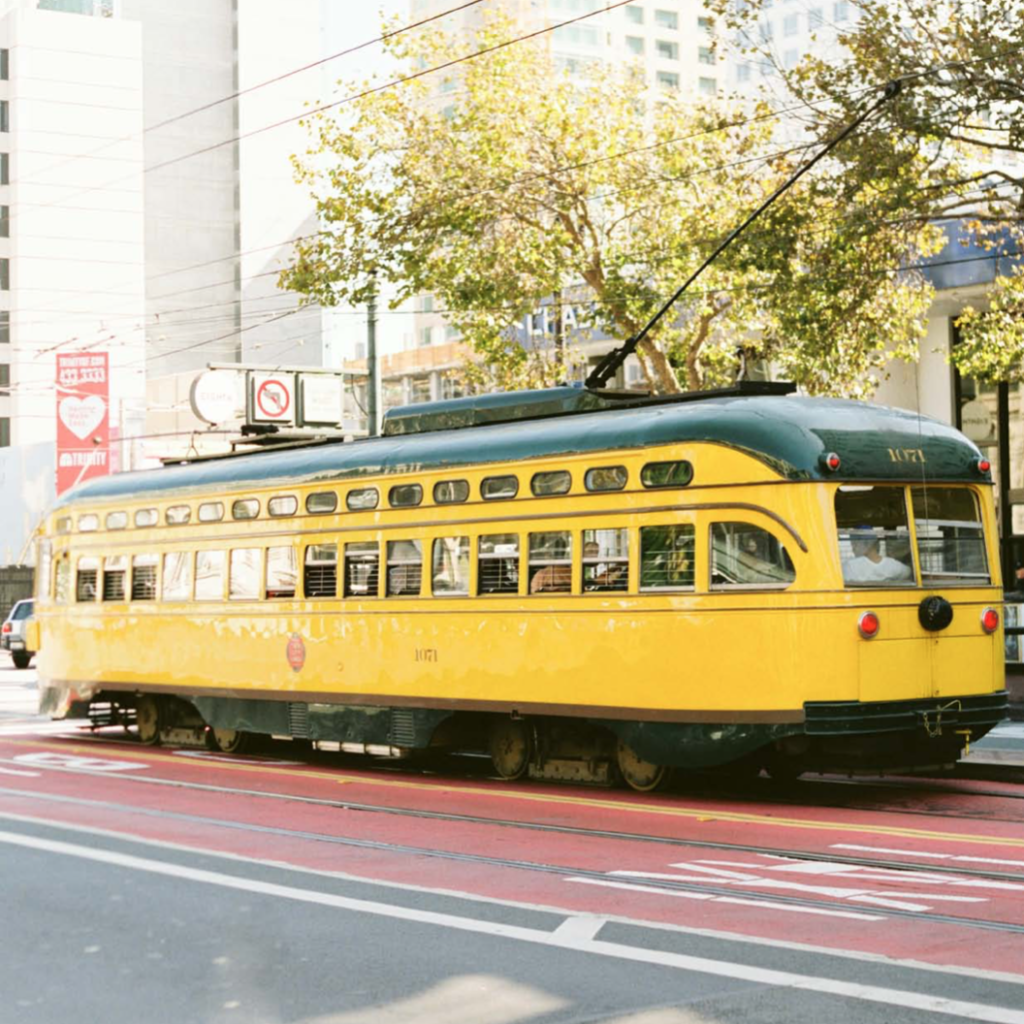VOTE DAILY FOR YOUR FAVORITE 2024 IMAGES!
learn more >>>
VOTING IS GOING ON NOW!
The
END OF THE YEAR AWARDS 2024
Traveling With Film
November 3, 2020

Traveling with film can be a stressful thing. Well, we chatted with two seasoned ‘film travelers‘ and put together their top tips to help ease your stress and travel phobias!
HAND CHECK FILM
To prevent the possibility of x-ray damage when flying, always ask for a hand check for your film. When doing so, be prepared to wait for an agent to be available when requesting this. Also be aware that this may prolong your time going through security, but it is the safest way to prevent x-ray damage.
With that said, if the agent refuses a hand check, don’t worry too much. Most modern x-ray machines are safe up to 800 speed film and I’ve even taken 3200 speed film through multiple x-rays on the same trip without ill effect. Keep in mind that whatever you do, do not put your film in your checked luggage because the checked luggage x-rays are much stronger and have a much higher probability of damaging your film.
STAY ORGANIZED
To prevent the possibility of x-ray damage when flying, always ask for a hand check for your film. When doing so, be prepared to wait for an agent to be available when requesting this. Also be aware that this may prolong your time going through security, but it is the safest way to prevent x-ray damage.
With that said, if the agent refuses a hand check, don’t worry too much. Most modern x-ray machines are safe up to 800 speed film and I’ve even taken 3200 speed film through multiple x-rays on the same trip without ill effect. Keep in mind that whatever you do, do not put your film in your checked luggage because the checked luggage x-rays are much stronger and have a much higher probability of damaging your film.
NEW FRIENDS
I’ve made a lot of friends while traveling with film cameras. Every- where I go, a stranger will hear the sound of the shutter, turn to me in surprise, and ask if I’m still shooting film. This is usually followed by a mixture of laughter, amazement, or comments about “the good ol’ days.”
The friends I didn’t expect to make, however, found me in front of a temple in Japan. These curious locals were also drawn to a sound – not from the shutter, but from the rolls of film I opened. They also tried to eat them. If you ever visit nara, Japan, be sure to act quickly when loading your film. The deer there love hounding visitors for food, and apparently the wrapper for medium format film sounds an awful lot like the wrapper of a delicious deer snack.

TAPE ON A PEN
I roll a few feet of gaffer’s tape around a pen and carry it with me in my camera bag at all times. If you’ve ever accidentally ripped off the little paper tab at the end of a roll of medium format film, then you’ll know why I always have tape on me. It doesn’t happen often, but when you’re out in the field, the last thing you want to worry about is your finished roll being exposed to unwanted light.
I’ve also used gaffer’s tape to secure a loose viewfinder on my cam- era, hold a camera battery door shut, and even fix a pair of broken sandals out in the middle of the Sahara desert!
DO YOUR RESEARCH
One of the caveats of film is that you have a finite number of frames you can shoot before you’ll have to either stop taking photos or find more film. This can be a great way to force yourself to be deliberate with each frame you shoot, but at the same time it is very possible to run out of film before the end of your journey.
For extended trips, I research camera stores that stock film before I get to my destinations. This works particularly well if you are planning to go to any large cities, as almost all large cities will have at least one store that has a ready supply. A bonus to finding these stores is that often times they will have used film cameras at prices better than you will find locally or online!
TRAVEL CAMERA
Find a camera (or a few cameras) that work with your style of shooting. Everyone will be different depending on your shooting style, but I am going to share with you my typical setups while traveling.
My main kit that I’ve taken on the majority of my trips consists of
a Contax 645 with the 35mm and 80mm lenses, a Contax T3, and
a Ricoh GR21. The Contax 645 will remain in my shoulder bag and I will bring it out when I get to an area that I want to photograph
in medium format. For all other images, I use the Contax T3 loaded with color negative film or slide film and the Ricoh GR21 loaded with black and white film attached to my belt for quick and easy access. While some will probably think I’m crazy for carrying around three cameras, this setup has worked extremely well for me and it helps me cover nearly all of my wants and needs when exploring.
My lighter setup consists of a single camera, the Contax G2. I like to think of this system as a large point and shoot camera with inter- changeable lenses. The lenses are amazing and they are also super compact, so I will typically bring a 21mm, 45mm, and 90mm on my adventures. The ease of shooting, the stellar lenses, and the size is what makes this my all around favorite travel camera.

EXPECT THE UNEXPECTED
With the never ending shift in airline restrictions, you should anticipate that things will come up that you haven’t planned for. you can do your research, intentionally book with airlines that allow electronics on board & the rules or procedures may change by the time you are actually leaving. I had this exact situation happen while flying to Australia last December. Two days before we left the country, I get an e-mail that indicates that the airline I am flying with no longer allows any electronics larger than a cell phone on board. My initial response was a bit of panic because I know the risks of checking gear & had been fortunate enough to have never had to do so up until this trip. I knew for a fact that I was going to have to check my 35mm Contax G2 because the entire camera is one single unit, but the Contax 645 is not! In fact, most medium format cameras can be broken down into multiple pieces, allowing you to separate the electronics from the camera. So, I packed all of the parts into a pelican case with approved TSA locks on it & I packed the battery insert in my checked bag in- side of a hard case that also included my G2. I had already contacted a camera shop near my final destination that had several contax kits on hand and could provide me with a battery insert in the case that the one I checked got lost in transit. To my surprise, they let me carry it on! Without the electronic element of the camera, it was essentially viewed as parts. never underestimate what a little creativity can do for you, but always prepare for the worst case scenario!
INSURANCE
I can’t even stress this enough. Get travel insurance that covers your gear. The number of friends that I’ve had who have had everything stolen or lost while abroad is unreal. The small investment for thou- sands of dollars of peace of mind is worth it every single time. My favorite travel insurance for gear and health is World nomad!

BE KIND TO AIRPORT STAFF
I’ve pretty much accepted the fact that I will be the person selected for a detailed search of my bag on every single flight I ever take. This was incredibly frustrating when I first started traveling with film – easily adding an hour to my security process because every single roll had to be swabbed. I found that when I engage with the TSA staff & treated them with respect, the process goes a lot more smoothly! TSA is used to being treated pretty poorly, when in reality they are just doing their jobs. They don’t enjoy digging through your gear
& film any more than you enjoy waiting through it. Ask them how they are, tell them why you are carrying film – you’d be surprised how many of them are interested in what you do & will expedite the process just because you extended kindness!
THINK AHEAD
In the case that you are in a foreign country & your gear breaks, gets lost, or gets stolen, it’s always good to have an idea of what camera stores or other film photographers are in the area ahead of time. If you are in an area where there will be access to film gear, reach out to them before you leave and start a relationship. Tell them why you will be in the area and what you typically use to see if they carry any of your preferred cameras, lenses, or film in stock in the case that you had an emergency. This has proven to be helpful on more than one occasion when I was in a pinch.
IMMERSE YOURSELF
If you want to photograph a new place accurately, arrive early and immerse yourself in the culture. Visit a local coffee shop and make friends with locals. Get to know them as people & ask them where they would eat, shop, hike, etc. Some of the best places I have ever photographed were not found on Pinterest or in a tour book, they were the result of random conversations that lead to wild adventures with locals. The heart and soul of a place is in the people, so take the time to get to know them & explore places off the beaten path.

Garrick Fujii | @theyshootfilm
Garrick Fujii is an avid traveler, film shooter, and the creative mind behind the photography blog They Shoot Film. His work has worked with brands such as Mercedes-Benz, Anthropologie, lomography, and lensbaby. When he’s not road tripping with his wife, you can find him at home making sous vide steak, watching Terrace House, or working on a new photo booth design for his business.
Britt Latz is a lifestyle & documentary film photographer based in Texas. Introduced to film at the age of twelve, Britt quickly found a passion for using visual communication to preserve and promote hu- man dignity through story. Over the last seventeen years, she has had the privilege of working with organizations and people around the globe. This heavily influenced her style when she entered the wedding industry eight years ago. When Britt isn’t traveling, you can find her & her husband welcoming folks from all over the globe into their little Airbnb, working on their hundred year old craftsman home or having a cup of Joe at their favorite local coffee shop!
Did you know this article is 1 of 40 articles included in our 2019 issue bundle?!! All of which can be grabbed up for 50% off (which is less than $8 an issue). CLICK HERE to learn more about volumes XIV – XVII!!
I met Britt in India.
She is an incredible film photographer.